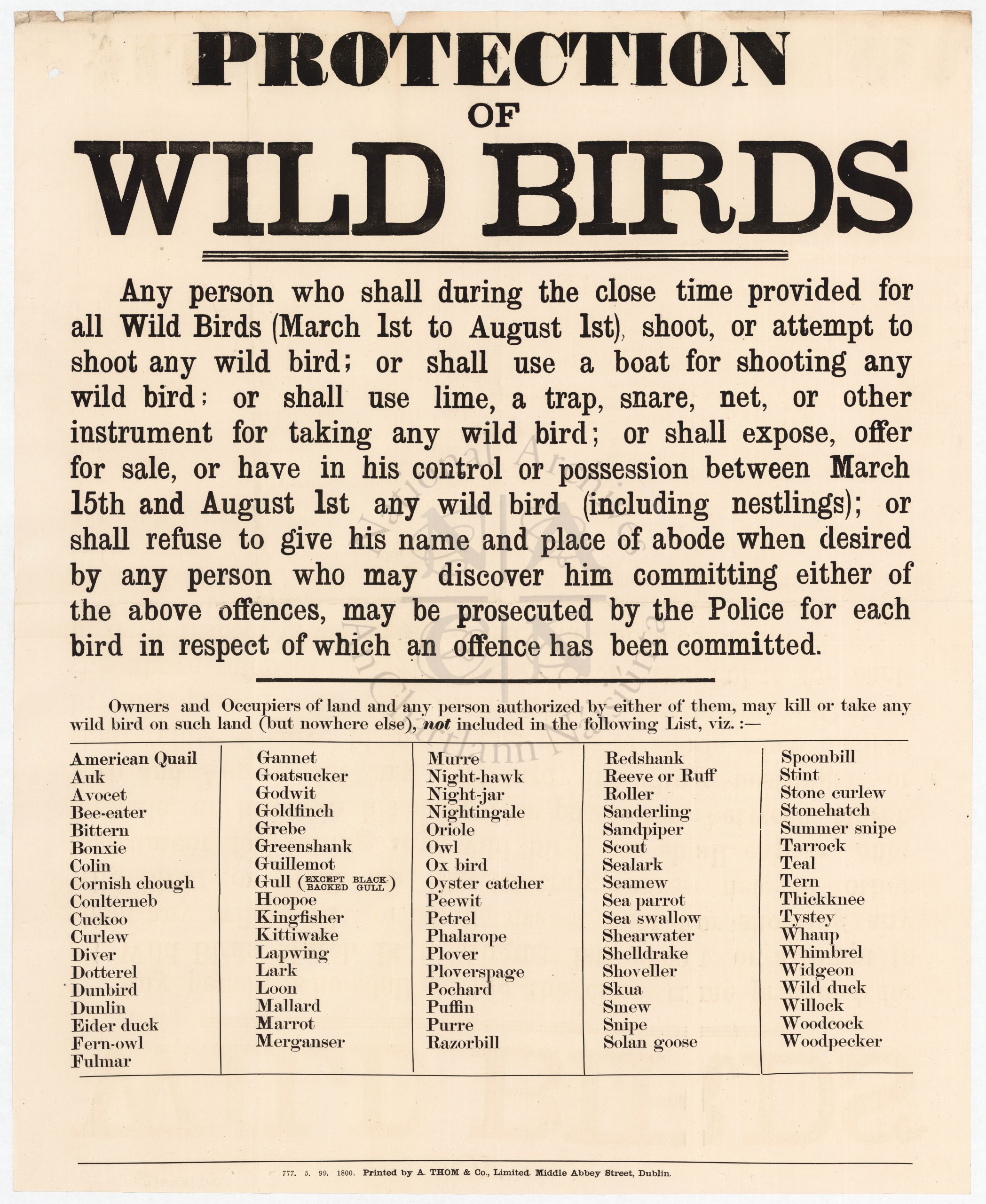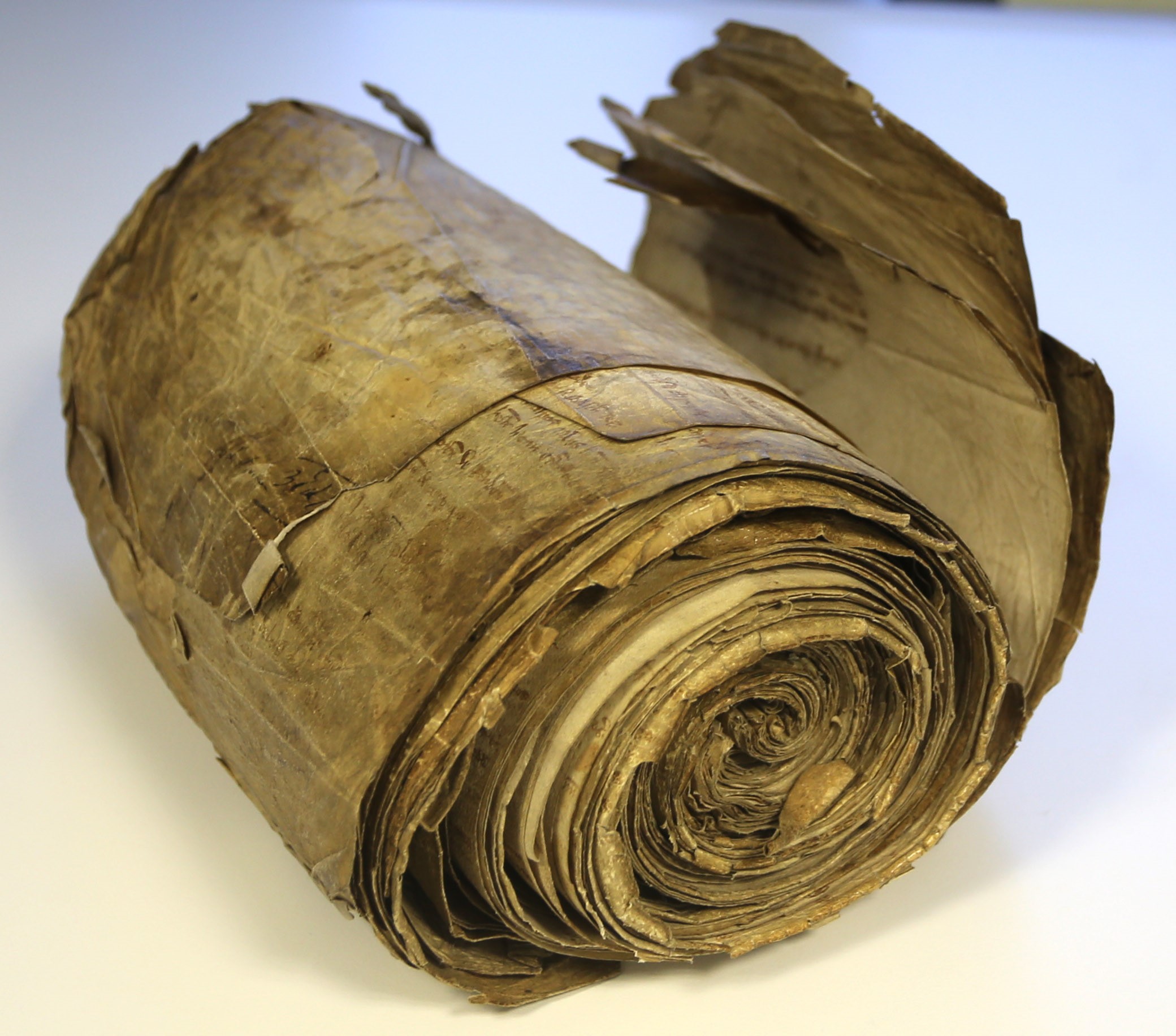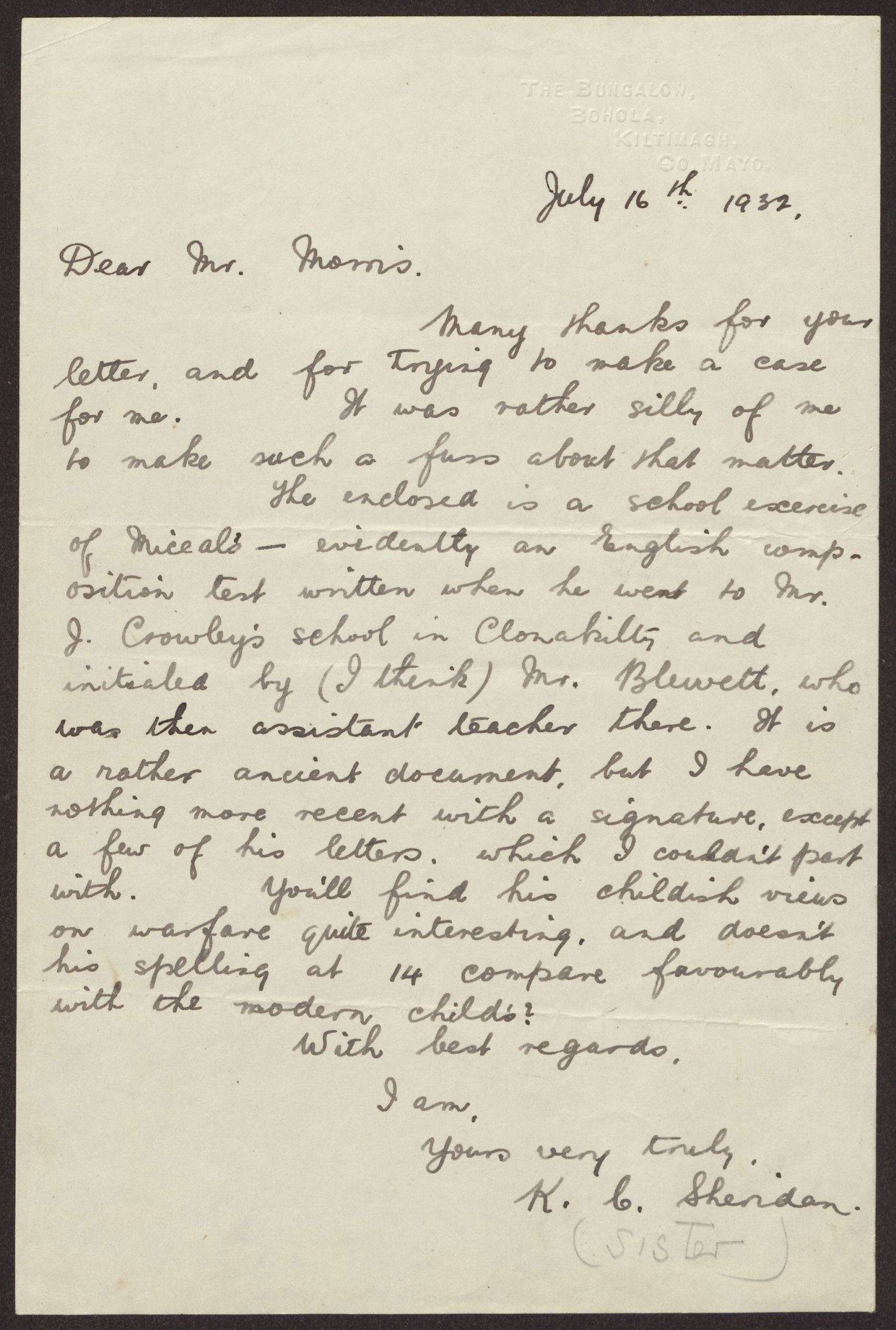File in Focus: Protection of Wild Birds Acts

This Department of Justice file (ref. NAI, JUS/H109/4) contains a discussion of the Protection of Wild Birds Acts, which were introduced in the late 19th century following public outrage at the extinction of various species of wild birds. A growing wildlife protection movement across Great Britain and Ireland, which included a number of high profile members of the aristocracy who introduced restricted shooting and wildlife sanctuaries on their landed estates, led to mounting political pressure and the passing of legislation to curb the illegal trade and poaching of wild birds. The popularity of using bird feathers as a fashion accessory, particularly for use in women’s hats, led to an unregulated trade in various species. Legislation to protect wild animals was introduced from the mid-19th century onwards as a growing interest in the study of natural history led to the establishment of a number of wildlife protection societies that attempted to educate public opinion and halt the widespread destruction.
The file contains discussion of the obligations of the Royal Irish Constabulary (RIC) to enforce wildlife protection legislation and to advertise the various hunting seasons of wild animals, including birds. In a minute, dated 7 April 1899, Inspector General of Constabulary A Reed states that ‘in regard to the prevention of cruelty to animals in connection with these Acts, the Royal Irish Constabulary are behind the English Police, and I am aware the humane members of the Irish public cannot well understand why the Royal Irish Constabulary do not perform this duty’. He further states ‘In England, the London and County Police strictly enforce them’ (NAI, JUS/H109/4/23).
The obligations of the enforcement of legislation by the RIC arose on foot of a Parliamentary Question by the Earl of Mayo in 1903 asking why posters were no longer displayed in RIC stations and why the RIC were enforcing the act in such a ‘mild’ and ‘roundabout’ way whereby a Constable had to seek permission from a District Inspector before pursuing a prosecution (NAI, JUS/H109/4/10). Previous correspondence dating from 1899 about the role of the RIC is also included in the file. The Royal Zoological Society of Ireland had formally written to complain to the Law Officer in Dublin Castle after they were informed of an advertisement in an English newspaper by Mr Francis Bournes of Bangor, Erris, County Mayo for the sale of chough, a protected bird (NAI, JUS/H109/4/25). The advertisement was answered by Mr Tangley of Andover, England, a concerned member of the public. In his reply, dated 1 March 1899, Bournes states that upon receipt of 15 shillings he can send ‘two clean adult freshly shot choughs…’. He goes on to state ‘These birds are very scarce and will soon be extinct – I can also supply you with a great variety of other birds and their eggs and young birds from the nest in down and feather’ (NAI, JUS/H109/4/25/3). Mr Tangley sent the letter to Professor Scharff, director of the Natural History Museum in Dublin, who in turn forwarded it to the Council of the Royal Zoological Society of Ireland who instigated the complaint to the Law Office in Dublin Castle.
The failure of the RIC to enforce the legislation is highlighted as a reason for the poaching of protected species. The file contains reports and correspondence from RIC officers and clerks of the Petty Sessions outlining the difficulties they face in prosecuting known offences due to the ambiguous directive to the RIC not to enforce the legislation based on a legal opinion dating from 29 October 1879, (NAI, JUS/H109/4/46) which sought to clarify the role of the RIC in enforcing the Hares Preservation (Ireland) Act, 1879 and the Wildfowl Preservation Acts.
The file was originally part of the Chief Secretary’s Office Registered Papers, the archives of the British administration in Ireland, but was transferred to the Ministry of Home Affairs in 1923. This happened occasionally where information on a particular topic was required or referenced by civil servants in the newly formed department of the Irish Free State. It was retained by the Department of Home Affairs, which later became the Department of Justice, and transferred to the National Archives for public release following the introduction of the National Archives Act, 1986.
Niamh McDonnell, Keeper


